St. Michael’s Castle, as it is also known, was the Emperor’s residence only for 40 days. On the night of March 12, 1801, Emperor Pavel I was assassinated in his bedroom, falling victim to a palace coup. Soon after, all valuables were transferred from the castle and the state rooms were used by different administrative institutions some were even turned into apartments.
In the early 1820s the building was handed over to the Central College of Engineering. In February 1823 it was named Engineers’ Castle (the name stuck till this day). After the death of Emperor Nicholas I, the patron of the college, the institution became known as Nicholaevsky Academy and College of Engineering. Many prominent Russians were lecturers or graduates of this academy, among them: writers Dostoevsky and Grigorovich, scientists Sechenov and Yablochkov, composer Kui and many others.
For two centuries, as the building accommodated military and academic institutions (and, later, different Soviet institutions), the layout of the ensemble was changed multiple times, with structures rebuilt and interiors redesigned. In 1991 St. Michael’s Castle became part of the State Russian Museum. St. Michael’s Castle hosts permanent exhibitions such as "Faces of Russia. Portrait Gallery of the Russian Museum", "St. Petersburg Society During the Romanov Era" and "Sculpture Open Fund".


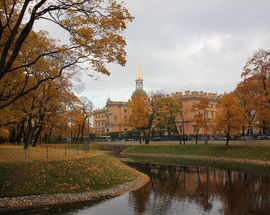

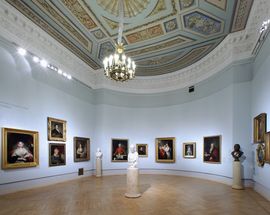
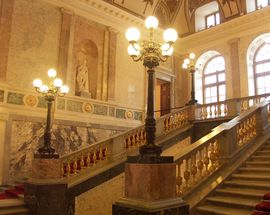
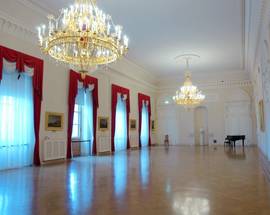

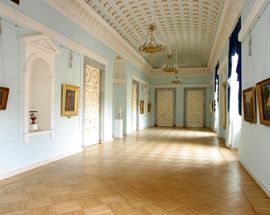
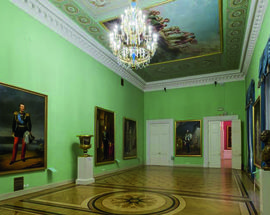
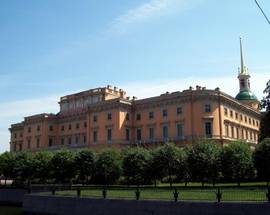
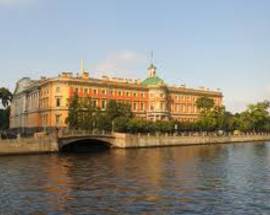
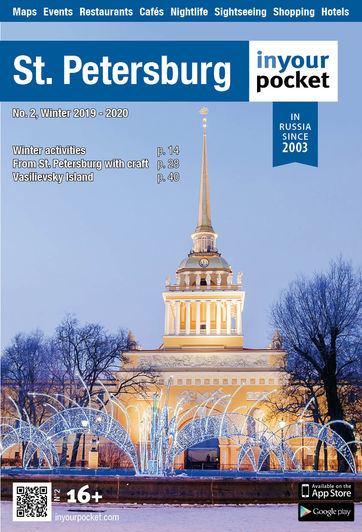


Comments